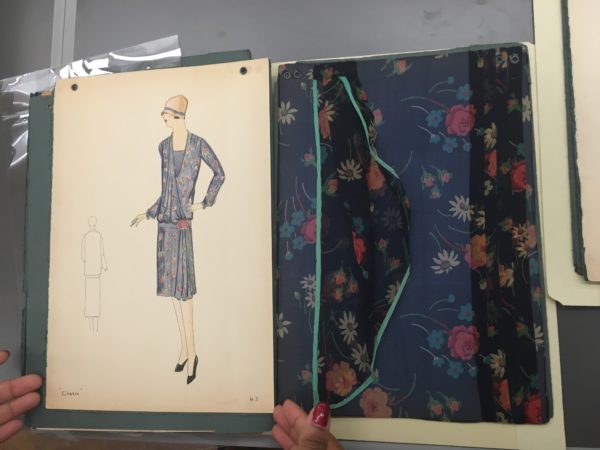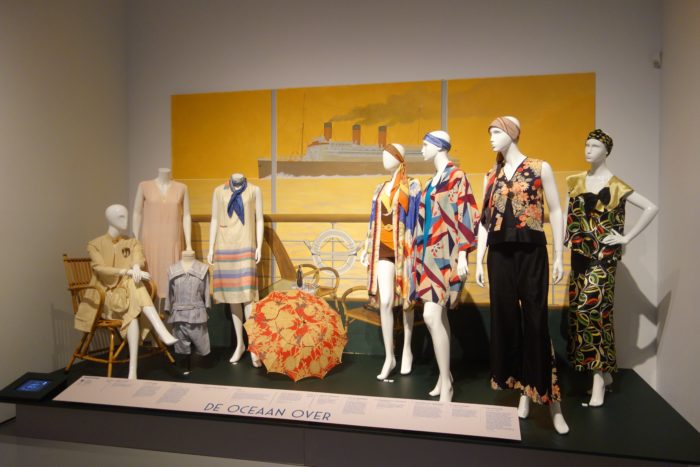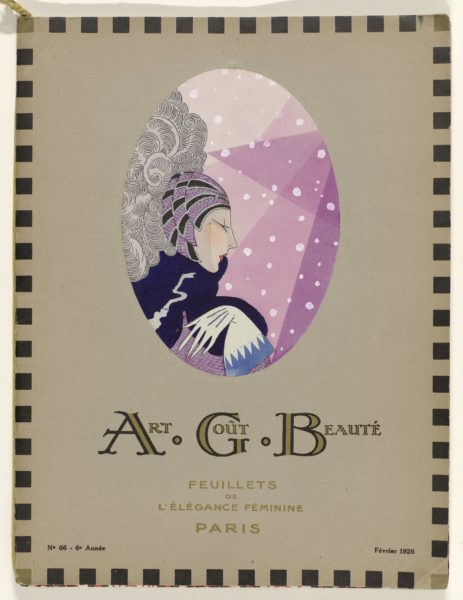As it nears the end of term, we’re spending some time getting to know the current MA Documenting Fashion students. Violet discusses James Barnor, the Swinging Sixties, and photography as a means of resistance.
What is your dissertation about?
I wrote my dissertation on British-Ghanaian photographer James Barnor and his capturing of Black Britain in the 1960s. I first came across his work in February when I saw his image Wedding Guests (below) on Pinterest. I was struck by the innate poise of the two female subjects, who in their meticulous attire and polished appearance, are the epitome of 1960s cosmopolitan glamour. I love the quietly revolutionary quality of his images. Whilst they are not politically or racially charged on the surface, in their depiction of everyday people, posing amongst the streets of London, they would have proved extremely powerful in both contemporary and post-colonial contexts. There is a retrospective of his work on at the Serpentine Gallery at the moment. Very fortuitously, it opened two weeks before my dissertation was due. It was incredibly exciting to see his images in the flesh. The show has been really beautifully curated, illuminating the multi-dimensionality of Barnor’s work through a diverse range of images from his six-decade career.

Who is your favourite designer?
Ossie Clark. I love the elegant cut, drape and flow of his pieces. Born in Liverpool in 1942, Clark quickly became known as a pioneer of London’s Swinging Sixties cultural revolution. His designs offered a more romantic alternative to Mary Quant’s short hemlines, block colours and geometric prints. I came across a silk co-ord designed by him in a vintage boutique on the Portobello Road a couple of weeks ago. Consisting of a pair of billowing high-waisted trousers and a short-sleeved Peter Pan collar top, cinched in by a silk sash at the waist, it is my dream ensemble. The cut and fit are far superior to any item of clothing that I have ever worn. Perfectly proportioned and meticulously tailored around the waist and shoulders, I feel as if it was made for me. Clark really understood the female form. My dream is to become a collector of his pieces.

Favourite dress history photograph?
This is a tough question as I have so many. But with regard to dress, the image which I find myself coming back to is the photograph Neil Kenlock took of Olive Morris in 1973. Morris was a political activist and community leader, known for the part she played in the Squatters Movement and her founding of the Brixton Black Women’s Group in 1973. Very sadly, she died aged 27, but in her short life, she achieved an incredible amount. In this image, there is a real sense of her presence as an individual. In faux jacket, worn jeans and assortment of bangles, she appears confident and at ease. It possesses a snapshot quality with the viewer a voyeur looking in at an intimate moment in this remarkable woman’s life. She smokes a cigarette as she huddles by the electric radiator to keep warm. It seems like there is an interaction between her and Kenlock as she beams leaning slightly towards the camera. I love the idea of photography being a collaborative venture between the subject and photographer, with the viewer is privy to the intimacy of their relationship.

What is your favourite thing that you’ve written/worked on/researched this year?
In the first semester, I was introduced to the concept of photography as a means of resistance, and within this, the role clothing has played as a means to self-fashioning identities for oppressed groups within society. This fuelled an interest in Stuart Hall’s ‘politics of representation’ which I have applied to different periods and in varying contexts throughout the year. My first essay was on Harlem Renaissance portraiture and how the representational power of the genre was harnessed by various artists of the period to illuminate the complexity and multi-dimensionality of being African American at this time. I was particularly drawn to James VanDerZee’s studio portraits of glamorous young Harmelites. Posing in elegant 1920s clothing against elaborate backdrops, they drew together the different fragments of their diasporic identity in one visual narrative. I’m fascinated by the concept of the tiniest sartorial details having the most significant meaning to the individual and how this can translate to the outside eye.













































